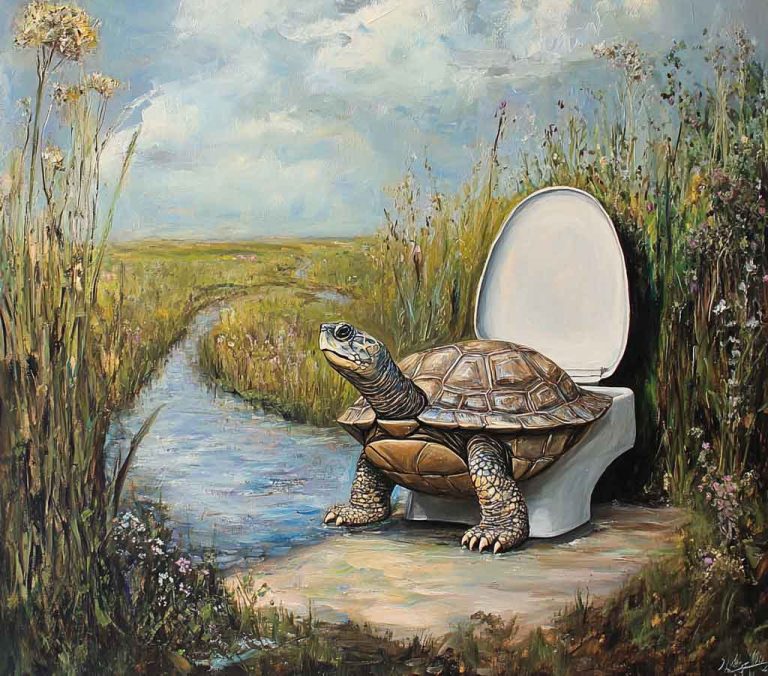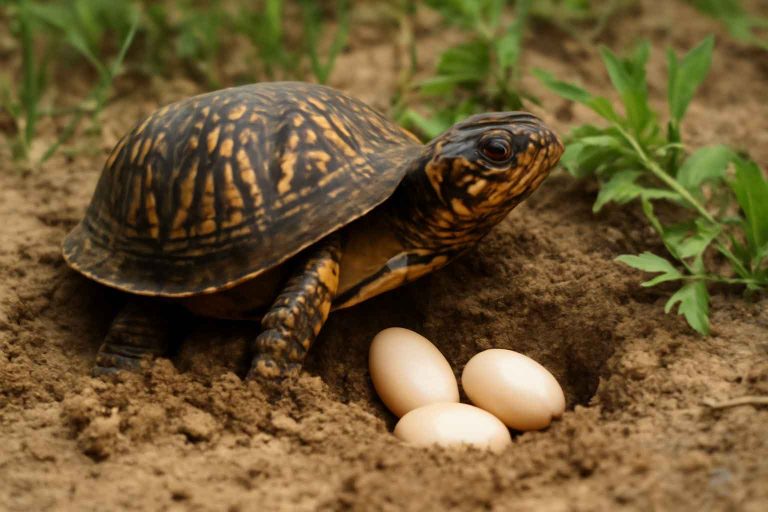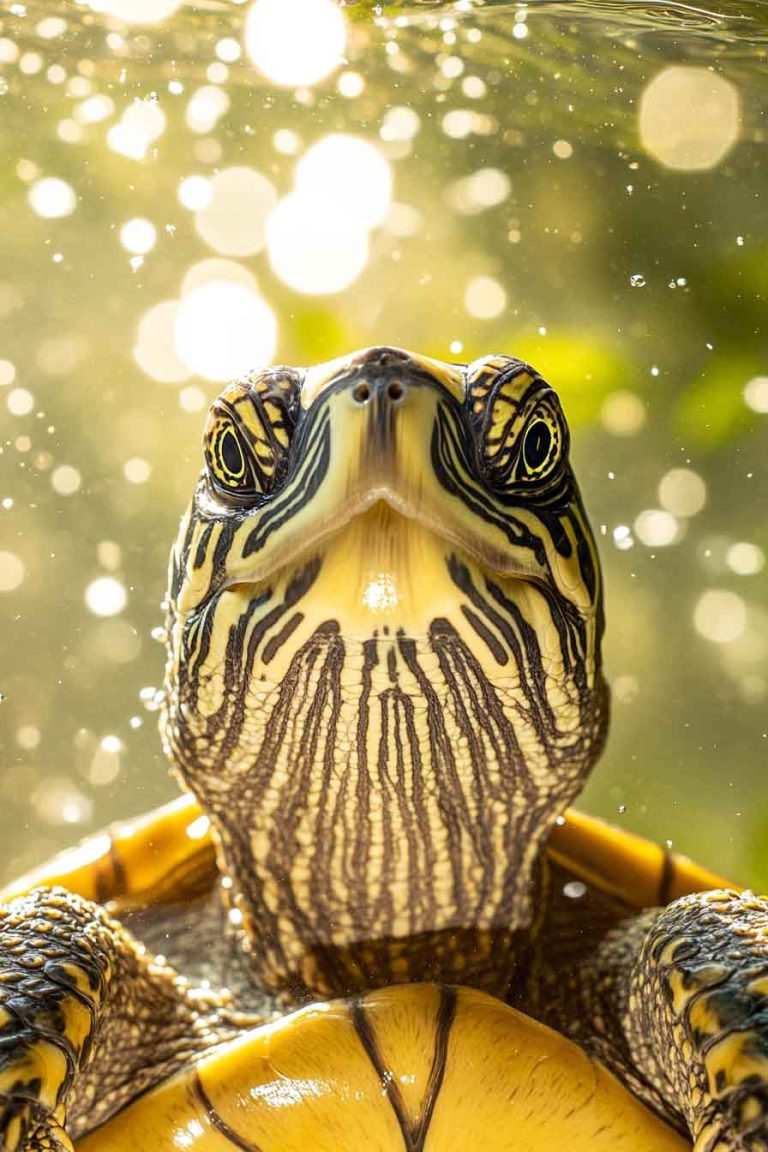Why Does My Turtle Tank Smell? How To Make It Smell Better?
Turtle tanks can sometimes develop an unpleasant odor, leaving pet owners wondering what’s causing the smell and how to eliminate it. A smelly tank isn’t just unpleasant for you—it can also signal an unhealthy environment for your aquatic turtle. We’ve researched the reasons behind turtle tank odors and compiled this guide to help you keep…
Turtle tanks can sometimes develop an unpleasant odor, leaving pet owners wondering what’s causing the smell and how to eliminate it. A smelly tank isn’t just unpleasant for you—it can also signal an unhealthy environment for your aquatic turtle. We’ve researched the reasons behind turtle tank odors and compiled this guide to help you keep your turtle’s home fresh and clean.
Why does a turtle tank smell? A turtle tank smells due to factors like poor water quality, uneaten food, turtle waste, or inadequate filtration. Regular maintenance, proper feeding, and a good filtration system can significantly reduce or eliminate odors.
This article explores the causes of a smelly turtle tank in detail and provides actionable steps to make it smell better. We’ll also cover preventative measures and common mistakes to avoid for a healthier tank environment.
What Causes a Turtle Tank to Smell?
Turtle tanks can develop odors for several reasons, primarily related to the tank’s water quality and maintenance habits. Aquatic turtles are messy creatures, producing waste and leaving behind uneaten food, which can quickly degrade water quality if not addressed. Below, we dive into the main culprits behind a smelly tank.
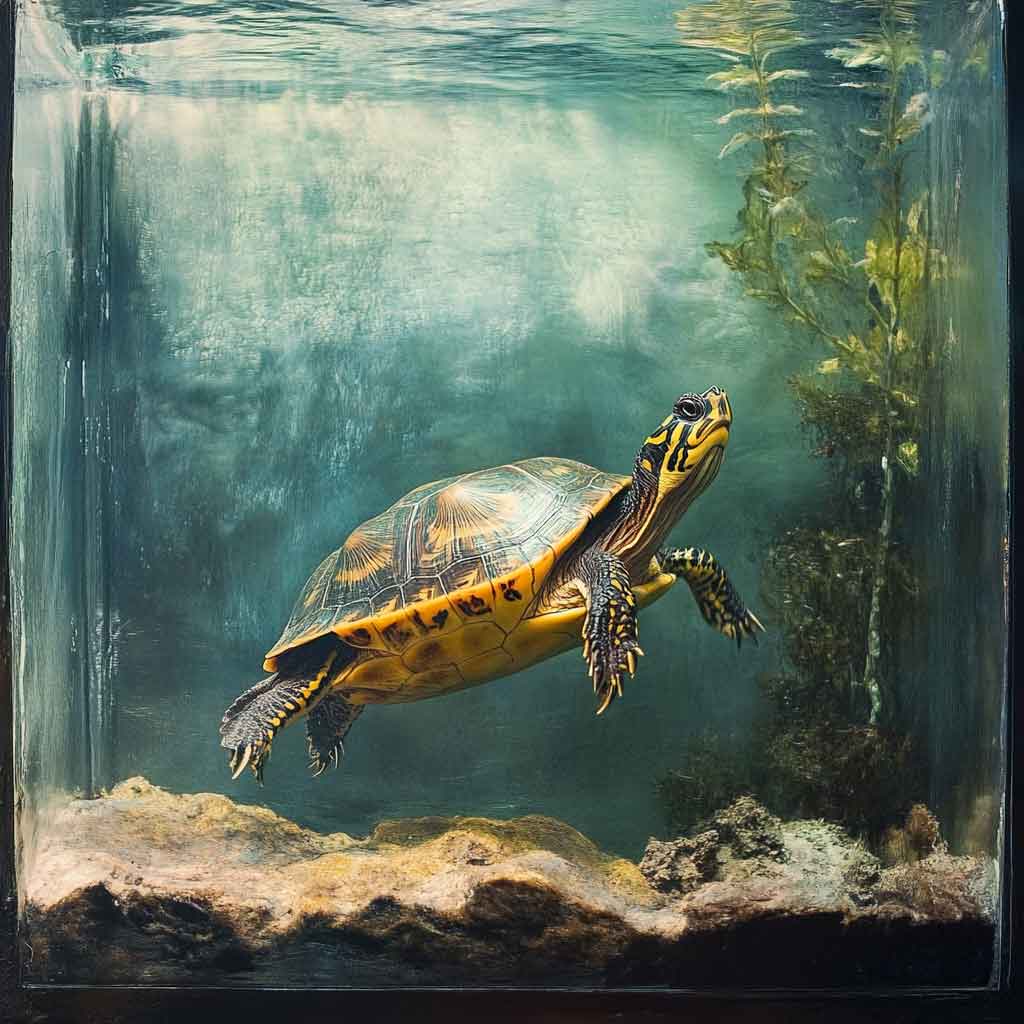
Let’s take a closer look at these causes:
Poor Water Quality
Water quality is the biggest factor affecting tank odor. Turtles produce a significant amount of waste, including feces and urine, which release ammonia and other compounds into the water. If the water isn’t cleaned or filtered properly, these compounds build up, creating a foul smell. Dirty water can also harbor bacteria and algae, further worsening the odor.
Uneaten Food
Turtles are notorious for being messy eaters. Leftover food particles sink to the bottom of the tank or get trapped in the substrate, where they decompose and contribute to bad smells. Overfeeding exacerbates this issue, as excess food accumulates faster than it can be cleaned or filtered.
Inadequate Filtration
A weak or undersized filter can’t keep up with the waste produced by turtles. Filters are essential for removing debris, neutralizing ammonia, and maintaining water clarity. Without proper filtration, waste accumulates, leading to stagnant, smelly water.
Substrate Issues
Gravel, sand, or other substrates in the tank can trap waste, food, and other organic matter. If not cleaned regularly, these materials become breeding grounds for odor-causing bacteria. Bare-bottom tanks are easier to clean but may not be as aesthetically pleasing.
How to Make Your Turtle Tank Smell Better
Eliminating turtle tank odors requires addressing the root causes and maintaining a consistent cleaning routine. Below are practical steps to keep your tank smelling fresh and ensure a healthy environment for your turtle.
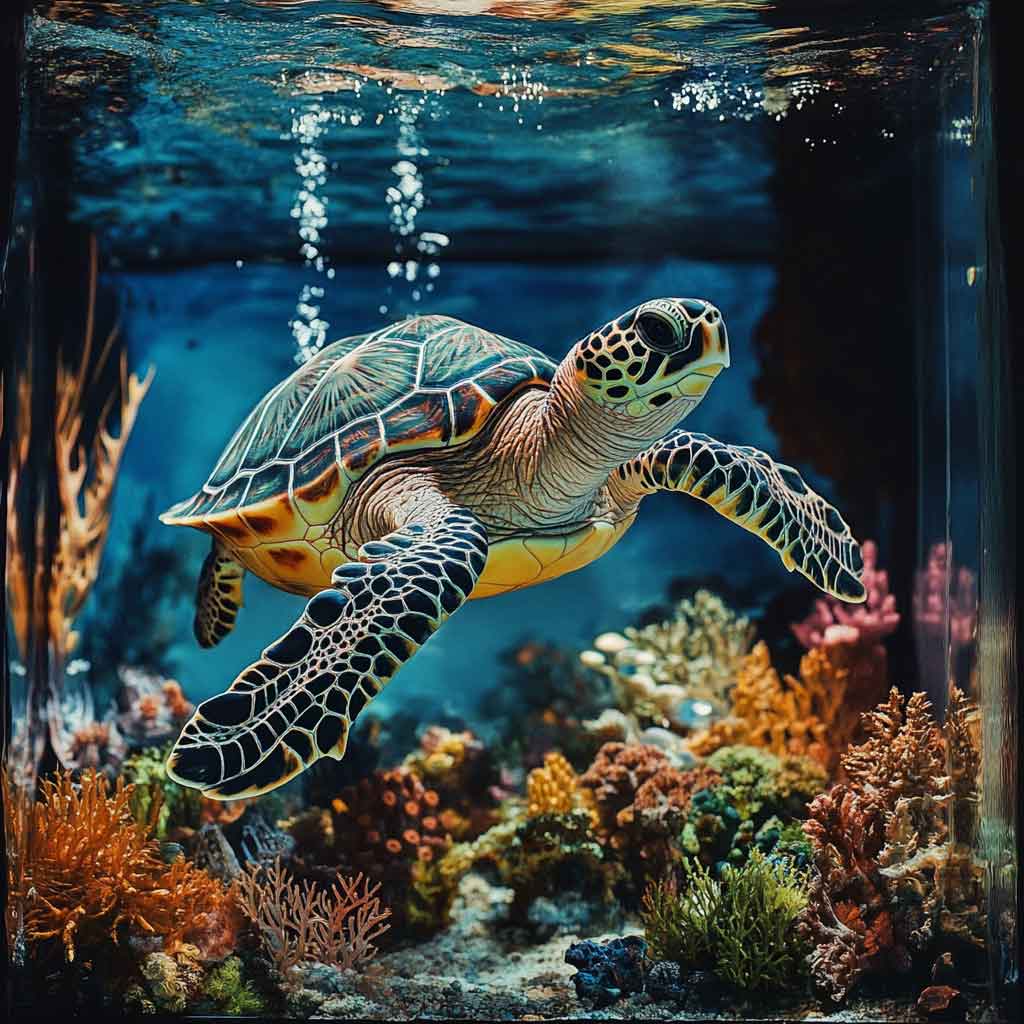
Effective strategies to reduce tank odor:
Regular Water Changes
Performing regular partial water changes is one of the most effective ways to maintain water quality and reduce odors. Replace 25-50% of the tank’s water every 1-2 weeks, depending on the tank size and turtle’s waste output. Use a siphon to remove debris from the substrate during water changes, and treat new water with a dechlorinator to make it safe for your turtle.
Upgrade Your Filtration System
Invest in a high-quality canister filter designed for turtle tanks, as they handle the heavy bio-load better than standard aquarium filters. Ensure the filter is rated for at least 2-3 times the tank’s water volume for optimal performance. Clean or replace filter media regularly, but avoid replacing all media at once to preserve beneficial bacteria.
Feed Strategically
Feed your turtle the right amount of food to minimize leftovers. Offer food in a separate feeding container to prevent crumbs from fouling the main tank. Remove any uneaten food within 10-15 minutes after feeding. Stick to a feeding schedule—once a day for juveniles and every other day for adults—to avoid overfeeding.
Clean the Substrate
If your tank has substrate, vacuum it during water changes to remove trapped waste and food particles. For stubborn debris, consider temporarily removing the turtle and doing a deep clean of the substrate every few months. Alternatively, switch to a bare-bottom tank to simplify cleaning, though this may require more frequent water changes to maintain water quality.
Add Live Plants or Bacteria Supplements
Live aquatic plants, like anacharis or hornwort, can help absorb some waste compounds and improve water quality. Bacteria supplements designed for aquariums can also break down organic matter, reducing ammonia and odors. Follow product instructions carefully to avoid disrupting the tank’s ecosystem.
Preventative Measures and Common Mistakes to Avoid
Keeping your turtle tank odor-free is easier when you adopt preventative habits and steer clear of common pitfalls. Below, we outline proactive steps and mistakes to watch out for to maintain a clean, fresh tank.
Preventative measures for a fresh tank:
Maintain a Consistent Cleaning Schedule
Set a regular schedule for water changes, filter maintenance, and tank cleaning. Consistency prevents waste buildup and keeps odors at bay. For example, perform partial water changes weekly, clean the filter monthly, and inspect the tank for debris daily.
Monitor Tank Size and Turtle Load
Ensure your tank is large enough for your turtle—follow the rule of 10 gallons per inch of shell length. Overcrowded tanks or housing multiple turtles in a small space lead to faster waste accumulation and stronger odors. Upgrade the tank size as your turtle grows.
Check Water Parameters
Use a water testing kit to monitor ammonia, nitrite, and nitrate levels. High ammonia levels are a primary cause of tank odors and can harm your turtle. Aim for ammonia and nitrite levels at 0 ppm and nitrates below 40 ppm. If levels are high, increase water changes or improve filtration.
Common mistakes to avoid:
Overfeeding
Feeding too much or too often leads to excess food rotting in the tank. Stick to portion sizes recommended for your turtle’s species and age, and remove uneaten food promptly.
Neglecting Filter Maintenance
A clogged or dirty filter can’t do its job, allowing waste to accumulate. Clean the filter media as needed, but don’t rinse it in tap water, as chlorine can kill beneficial bacteria. Use tank water for rinsing to preserve the filter’s effectiveness.
Ignoring Tank Accessories
Basking docks, decorations, or artificial plants can harbor waste and bacteria if not cleaned regularly. Remove and scrub these items with a turtle-safe cleaner during routine tank maintenance.
FAQs:
1. How often should I clean my turtle tank to prevent smells?
You should perform partial water changes (25-50%) every 1-2 weeks and vacuum the substrate during these changes. Clean the filter monthly and remove uneaten food daily to keep odors under control.
2. Can I use air fresheners to mask turtle tank odors?
No, air fresheners only mask the smell and don’t address the underlying issue. They may also introduce chemicals harmful to your turtle. Focus on improving water quality and tank maintenance for a lasting solution.
3. Why does my tank still smell after cleaning?
Persistent odors could indicate an undersized filter, high ammonia levels, or trapped waste in the substrate. Test the water, upgrade filtration if needed, and ensure thorough cleaning of all tank components.
Final Word
A smelly turtle tank is usually caused by poor water quality, uneaten food, inadequate filtration, or dirty substrates. By performing regular water changes, using a robust filtration system, feeding strategically, and maintaining a consistent cleaning routine, you can eliminate odors and create a healthy environment for your turtle. Avoid common mistakes like overfeeding or neglecting filter maintenance, and monitor water parameters to keep your tank fresh. With these steps, your turtle’s home will smell better, and your pet will thrive in a clean, comfortable habitat.




